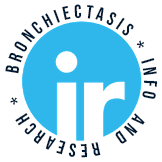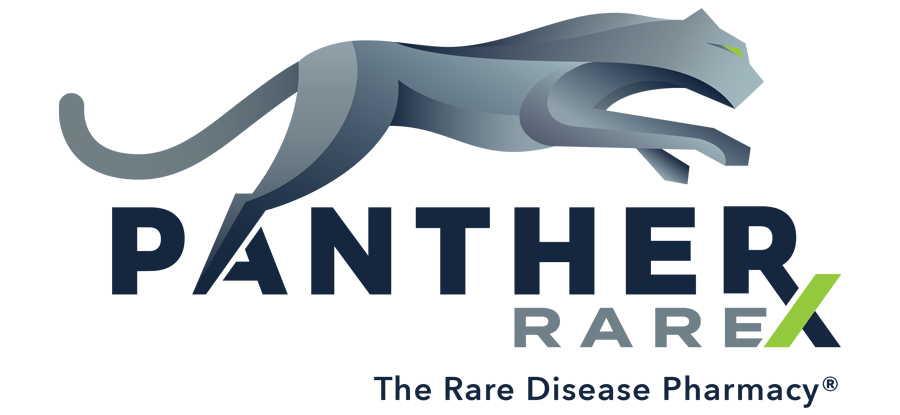Quick Fact
There are many causes of bronchiectasis, but about 40% of cases the cause is unknown. This is called “idiopathic bronchiectasis.”
Source: American Lung Association
BRONCHIECTASIS?
Bronchiectasis (Bron-kee-ek-tas-is) is a condition characterized by physical changes in the airway structures that carry air and oxygen in and out of the lungs. The physical changes causing bronchiectasis involve areas of airway dilation (widening) and loss of elasticity, forming pouches (cavities) or scarring, all of which can trap mucus. Many of the changes are permanent.
WHAT IS NTM?
Nontuberculous mycobacteria are naturally occurring environmental pathogens which impact tens of thousands of people every year in the United States alone. NTM lung infection can cause or worsen significant respiratory damage, such as bronchiectasis.
“INSIGHT”
PATIENT PAMPHLET
Print or download our informative “Insight” pamphlet in multiple languages and keep the knowledge you need at your fingertips.

About Us
BronchiectasisInfo.org is a companion website to NTMinfo.org, the official website for NTM Info & Research. NTMir is a 501(c)(3) nonprofit organization formed on behalf of patients with the comorbid conditions of bronchiectasis and nontuberculous mycobacterial (NTM) lung disease.We serve patients, their caregivers, healthcare providers, and researchers concerned with both conditions, advancing a broad agenda and giving voice to the needs of these people who are our collective constituency.
EXPLORE INFORMATION
WHO WE ARE
NTMir advances a broad agenda on behalf of people with nontuberculous mycobacterial (NTM) disease, as well as healthcare providers, researchers….
SUPPORT GROUPS
Whether it’s a local support group, online forums where you can exchange ideas with other patients, or links to other useful resources, you’ve come to the right place.
SUPPORT
DONATE
We are supported by patients’ actions and donations, industry, and others who care about those with NTM lung disease.
PHYSICIAN REFERRAL LIST
Find experts in the care you need with our Physician Referral List.
WHAT CAUSES PAP?
The three main causes of PAP are autoimmune, congenital,and secondary. Over ninety percent of people with PAP have the autoimmune form.







